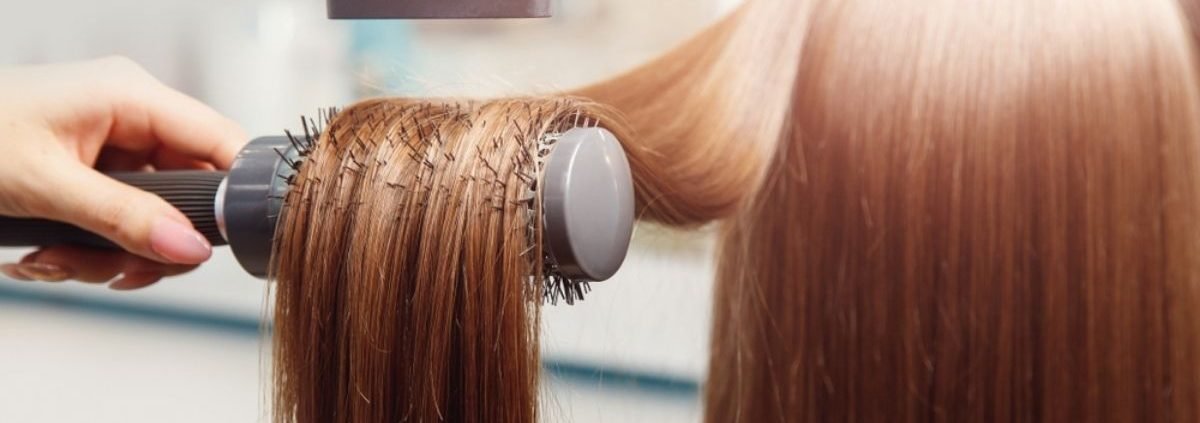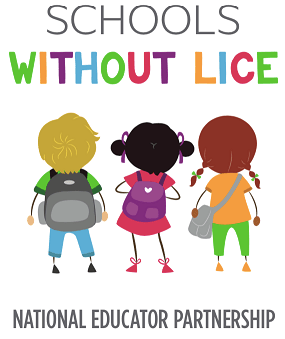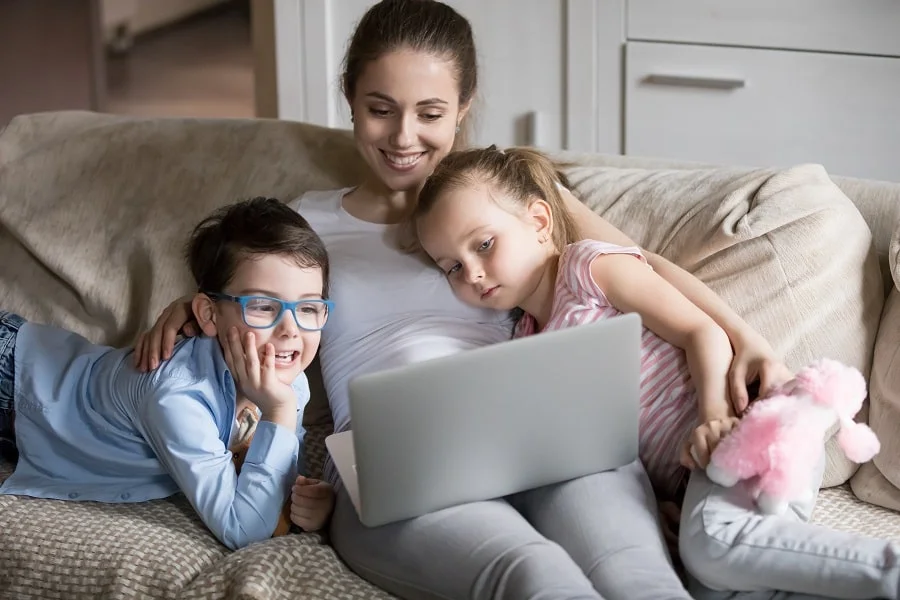The Life Cycle of Head Lice
If you find yourself in the midst of a lice infestation and choose to try and treat the head lice yourself, it is very important to understand and address the head lice in every life stage, not just one. Most head lice treatments only attack one or two different life stages at a time, and if you only use those products, then you will continue to struggle with head lice. Understanding the lice’s life cycle from nit to adult will help you win your battle with head lice and finally be lice-free.
There are three very different stages of lice for head lice.
Nit
This stage begins as an egg. These nits are attached to the hair close but not typically touching the scalp. They are super tiny when they are first laid but grow and become apparent in the hair the third day. The most common reason why most lice treatments fail is that they do not adequately attack these resilient nits. Currently, the only real way to get these nits off of their hosts’ heads is to comb out each nit manually. This stage can last anywhere from six to seven days.
Nymph
After the head lice hatch, they will pass through this stage, where they are considered nymphs. They are adolescent lice here and are incapable of reproducing, spending most of their time feeding off of the host’s scalp, molting, and growing. Without the protection of their egg, they are the most vulnerable to lice treatments. This stage usually lasts for about ten days.
Adult Lice
After the third and finally molt, usually about ten days after emerging from the egg, the lice is now a mature adult louse. During this phase, the adult lice can be affected by specific lice treatments. Still, the overall effect will vary from lice to lice, which is why many professionals do not recommend treating lice with chemicals. The adult lice will also now begin to mate and lay around six to ten eggs per day.
The entire head lice life cycle lasts around thirty days.
Going to a professional for your head lice removal and treatment is really the only for sure way to know that you have entirely rid yourself of your head lice infestation. Fresh Heads, a lice treatment center in Jacksonville, Fl, Orlando, FL and Savannah, GA, uses a technique and tools to remove all lice no matter what life stage they are currently. They are able to do this by using a state-of-the-art tool called the Arielle. The Arielle uses no chemicals or toxins but is able to rid all of your head lice in only one appointment. So, if you are in the Jacksonville area and currently suffering from a head lice infestation, make your life easier and your lice’s life shorter by making your appointment today!
Schools Without Lice
At Fresh Heads Lice Removal, our mission is to get rid of lice in schools across the United States. We’ve partnered with the Lice Clinics of America to create the Schools Without Lice program. Through this program, we provide school nurses and teachers with free screenings, resources, and treatments. Together, we can have schools without lice!










